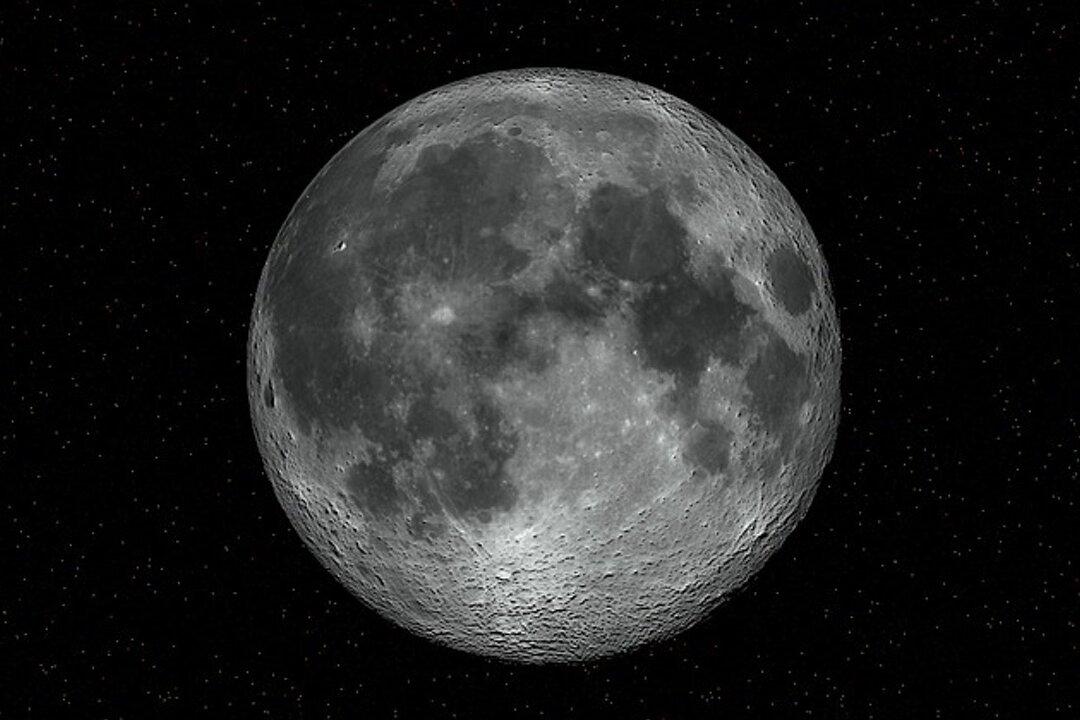Scientists have discovered an unknown material on the moon’s largest crater, and they are not yet sure what to make of it.
“Imagine taking a pile of metal five times larger than the Big Island of Hawaii and burying it underground. That’s roughly how much-unexpected mass we detected,” Peter James, assistant professor of planetary geophysics at Baylor University, said in a statement on Phys.org





